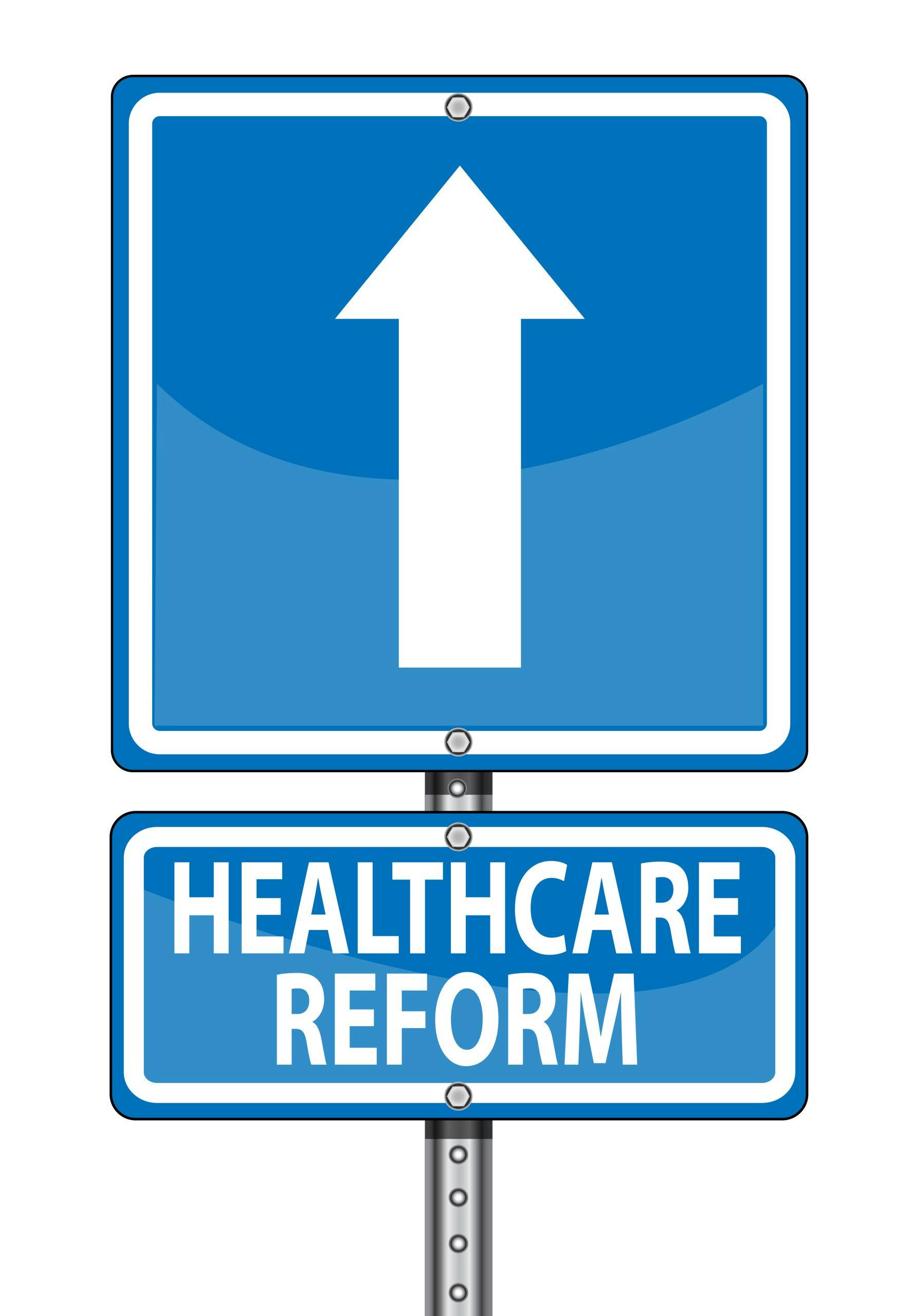Last of three parts
What’s left to say during enrollment if you told your employees everything else about the Affordable Care Act (see part 1 and part 2 of this series here) over the summer?
Plenty! Enrollment shouldn’t be the first time employees hear about health care reform — if you plan for that, the media and advertisers will beat you to the punch.
Let enrollment reinforce the messages from the summer, add more detail in key areas and focus on your benefit choices for 2014. You’ll still have plenty say:
- What’s changing and what it will cost. This is always everyone’s first question during enrollment. Don’t hide it!
- Why you’re making changes. If you’re making major plan changes, rolling out new wellness programs, introducing HSAs (health savings accounts) or other new plan features, explain the strategy behind those changes. And don’t just say “due to health care reform.” Also, let employees know that change is the new normal—and it isn’t all bad. New plan features can be positioned as benefit enhancements even amidst rising costs.
- All about the exchanges (again) and the requirement to have insurance. Repeat the messaging (perhaps targeted) that you started over the summer. Most likely, employees don’t need to do anything with the exchanges. Let them know that your plans meet the requirement to have health insurance or “minimum essential coverage” as they may hear.
- Tell them your plans are self-insured. If you’ve never explained that your plans are self-insured, you’ve done a disservice to your benefits. You have a great opportunity to set the record straight this fall.
- Explain key terms that will be splashed all over the media. Minimum essential coverage, subsidies, gold, silver, bronze, exchanges, marketplaces. Health care reform has added a whole new chapter to the book of health care jargon. Get those glossaries updated!
Do you talk about the Cadillac tax?
Yes. But, not necessarily right now. And certainly not as a headline topic. For most of our clients, the Cadillac tax will be mentioned in FAQs only — not as a prominent component of education or a looming threat in the future.
Here’s why: Creating health care behavior change requires getting people motivated and feeling capable of making changes for themselves and their families. When you roll out a CDHP (consumer-driven health plan), you want people to enroll because they understand the cost equation, feel capable of managing their expenses and see the long-term value in your HSA contribution.
You’ll kill the buzz if you threaten them with, “We have to get our benefit cost down or we won’t be able to afford this huge tax that is way off in the future.”
Similarly, when you ask people to participate in your wellness program, you’re promising better health and probably some cash as well. Saying, “Do this or our plans will trigger this huge tax at in the future, and we’ll have to figure out how to deal with it” also is a confusing buzz kill.
Instead, stay focused on what matters now. Of course, your company plans to adjust the structure of its “Cadillac” plans to avoid the tax. Everyone will be doing that. This is why reinforcing that change is the new normal is so important. However, you don’t need to use scare tactics to do that.
What to tell employees in January 2014
January is always an important time to communicate, and this year will have the new element of consumer marketing flooding your employees. We’ll follow our own advice and not overwhelm you with details on this now. But be sure your communications plan doesn’t stop on December 31.
OK, that’s a lot — and that’s just what to tell your employees! More soon on addressing your leaders, COBRA folks, new hires and more.
Do you think this is as big an opportunity as we do?
We are really proud of the work we’ve done and continue to do with health care reform. We believe this is a tremendous opportunity to engage people in their health and their benefits. If you want to take the full advantage of this opportunity, we’d love to help.
Did you miss Part 1 and Part 2? Make sure you read Where You Should Start and Must-Do’s This Summer.
Common sense caveat that keeps our lawyers happy: This article is from Benz Communications, an employee benefits communication consulting firm. We know benefits. We know what your employees care about. We know how to help you bridge the two. We are not attorneys, and nothing in this constitutes legal advice or anything coming close to it. In addition, as we all know, the legislation and regulations are in flux. This information is accurate at the time it was published, but you should consult the HHS website or other sources for the most up-to-date information at the time you communicate to employees.
